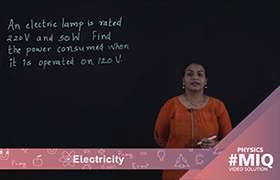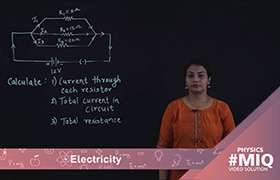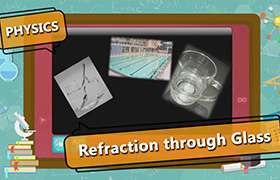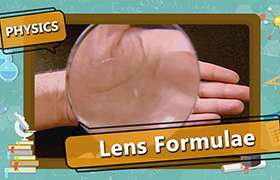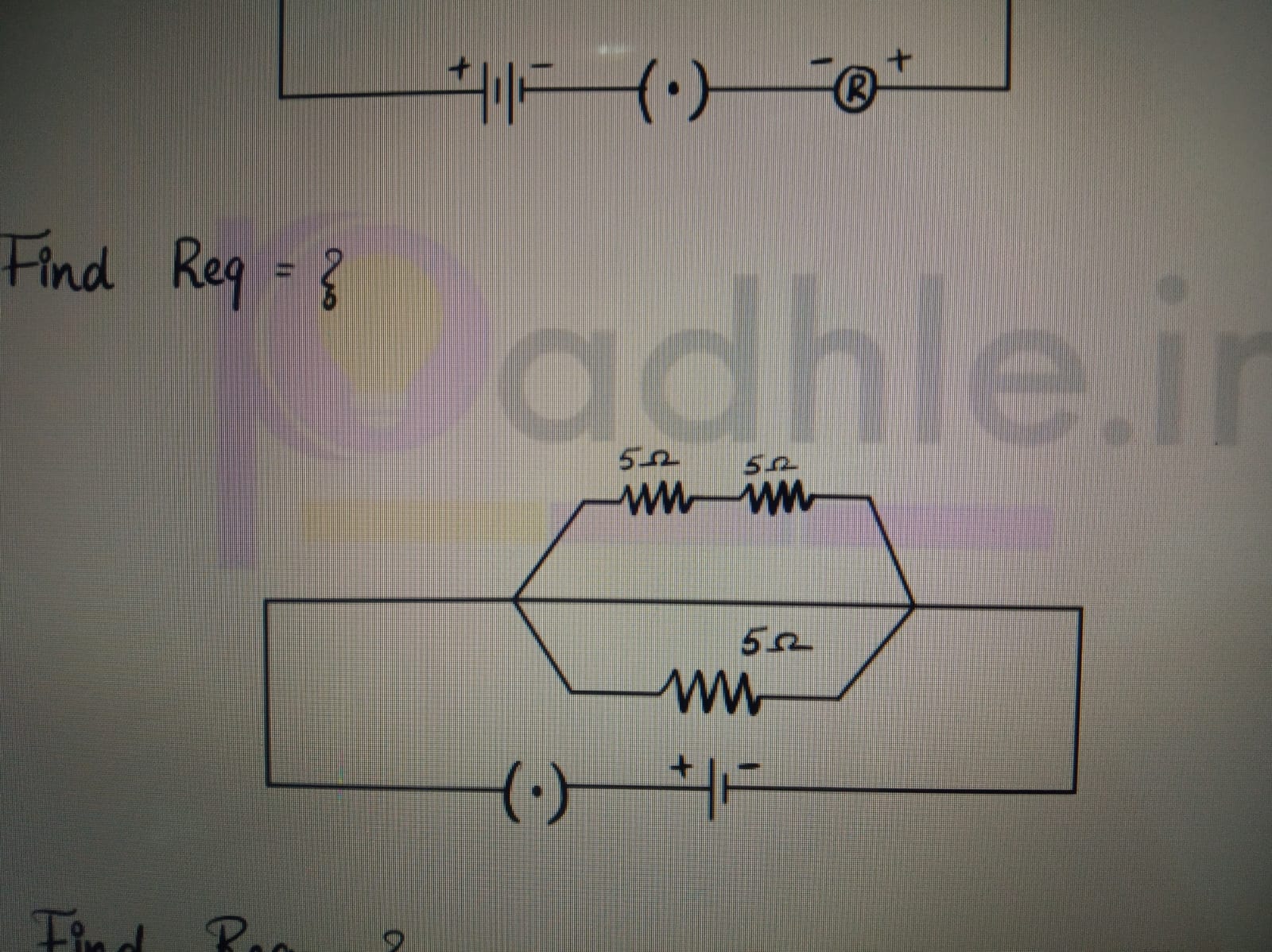CBSE Class 10 Answered
A person is unable to see objects distinctly placed within 50cm from his eyes.
(a) Name the defect of vision the person is suffering from and list its two possible causes.
(b) Draw a ray diagram to show the defect in the above case.
(c) Mention the type of lens used by him for the correction of the defect and calculate its power. Assume that the point for the normal eye is 25cm.
(d) Draw a labelled diagram for the correction of the defect in the above case.
Asked by roysubarna2016 | 13 Mar, 2019, 03:54: PM
Name of the defect is Hypermetropia which is also known as far-sightedness. A person with hypermetropia can see distant objects
clearly but cannot see nearby objects distinctly. The near point, for the person, is farther away from the normal near point (25 cm).
clearly but cannot see nearby objects distinctly. The near point, for the person, is farther away from the normal near point (25 cm).
Such a person has to keep a reading material much beyond 25 cm from the eye for comfortable reading. This is because the light rays
from a closeby object are focussed at a point behind the retina as shown in Fig. (b). This defect arises either because
from a closeby object are focussed at a point behind the retina as shown in Fig. (b). This defect arises either because
(i) the focal length of the eye lens is too long, or (ii) the eyeball has become too small.
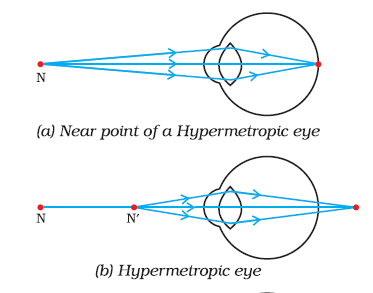
Above fig(a) and fig(b) shows the ray diagram of Hypermetropic eye. The point N is far beyond the normal near point 25 cm.
If N ' is the normal near point, then due to this defect image is formed very much behind retina as shown in fig.(b)
Correction of the defect is done by using convex lens of appropriate power.
Eye-glasses with converging lenses provide the additional focussing power required for forming the image on the retina.
In this given case, Object to lens distance u = 25 cm, image to lens distance is v = 50 cm
Object and image are same side of convex lens, both the distances u and v are measured from lens and the
direction of measurement is opposite to incident ray. Hence by sign convention both are negative
we have lens equation : (1/v) - (1/u) = 1/f or -(1/50)+(1/25) = 1/f or f = 50 cm. power = +(100/50) = +2
The correction made by convex lens is illustrated in Figure given below.
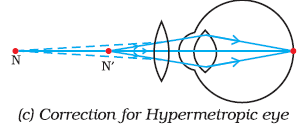
Answered by Thiyagarajan K | 13 Mar, 2019, 08:32: PM
Application Videos
Concept Videos
CBSE 10 - Physics
Asked by agankitgupta938 | 18 Apr, 2024, 04:29: PM
CBSE 10 - Physics
Asked by infinityupgraded | 13 Apr, 2024, 08:17: AM
CBSE 10 - Physics
Asked by suryamr2019 | 08 Mar, 2024, 04:32: PM
CBSE 10 - Physics
Asked by sheetal.kolte | 04 Mar, 2024, 12:38: PM
CBSE 10 - Physics
Asked by shrilakshmimunoli | 01 Mar, 2024, 01:15: AM
CBSE 10 - Physics
Asked by khajannirwan | 27 Feb, 2024, 10:20: PM
CBSE 10 - Physics
Asked by sailakshmi.avinesh | 13 Feb, 2024, 07:03: AM
CBSE 10 - Physics
Asked by saurabhjd527 | 30 Jan, 2024, 07:55: PM
CBSE 10 - Physics
Asked by saanviyadla | 24 Jan, 2024, 07:06: PM



